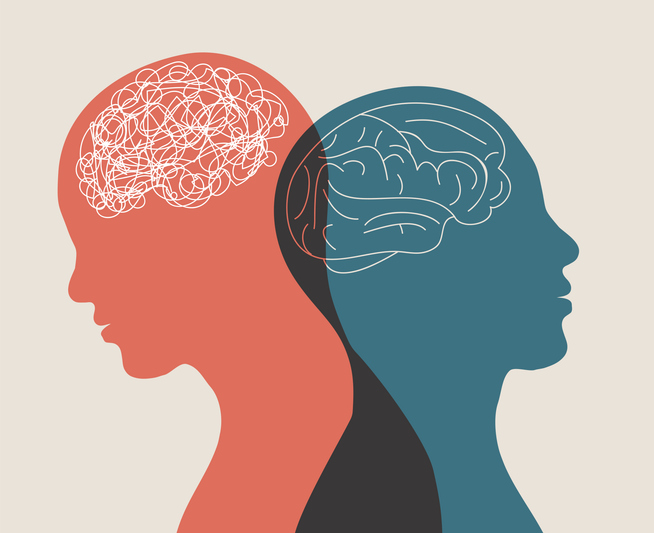
June 10, 2025 – A new study conducted by researchers at the Hebrew University of Jerusalem reveals that seemingly irrelevant visual cues—referred to as peripheral information—can significantly influence emotional responses, particularly among individuals with depressive symptoms.
The study, led by Professor. Nilly Mor from the Seymour Fox School of Education and the Department of Psychology, along with doctoral researcher Tamar Amishav, examined how context shapes the emotional intensity of reactions to everyday images. The findings shed light on an underexplored mechanism that may help explain why individuals with depression often experience more intense negative emotions.
In an experiment involving over 270 undergraduate participants, the researchers presented images designed to evoke emotional reactions. Each target image was presented either alone or accompanied by peripheral images with neutral, negative, or positive emotional content.
The results were striking as individuals reported higher levels of depressive symptoms consistently rated neutral images as more emotionally negative when these were presented alongside negative peripheral pictures. This effect did not occur when the peripheral images were positive or neutral.
“Our emotional experiences are rarely shaped by a single stimulus alone,” said Professor Mor. “This research shows that people—especially those with depressive tendencies—may be more vulnerable to the emotional ‘spillover’ of surrounding negativity, even when it’s not directly relevant to the situation at hand.”
Interestingly, the presence of positive peripheral images did not significantly reduce emotional reactions to negative images. Nor did depression levels moderate the influence of positive surroundings. This challenges the common assumption that introducing positive stimuli might offset negative emotional responses.
“These findings suggest that negative cues have a stronger influence on emotional interpretation than positive ones, especially in those with depressive symptoms,” noted Amishav. “This asymmetry may help explain why individuals with depression often perceive the world through a darker lens, even in neutral settings.”
The study not only highlights a novel emotional bias associated with depression but also suggests potential pathways for interventions. For example, therapeutic techniques could be designed to help individuals recognize and regulate the influence of peripheral negativity in everyday life—whether from social media, advertising, or environmental stimuli.
“Recognizing the subtle power of context may help us build better tools to support emotional resilience,” said Prof. Mor.
The research paper titled “Peripheral Information’s Effect on Emotional Intensity Depends on Depression Level” is now available in Emotion, a journal of the American Psychological Association and can be accessed here.
Researchers:
Tamar Amishav and Nilly Mor
Institutions:
1. Seymour Fox School of Education, The Hebrew University of Jerusalem
2. Faculty of Psychology, The Hebrew University of Jerusalem



